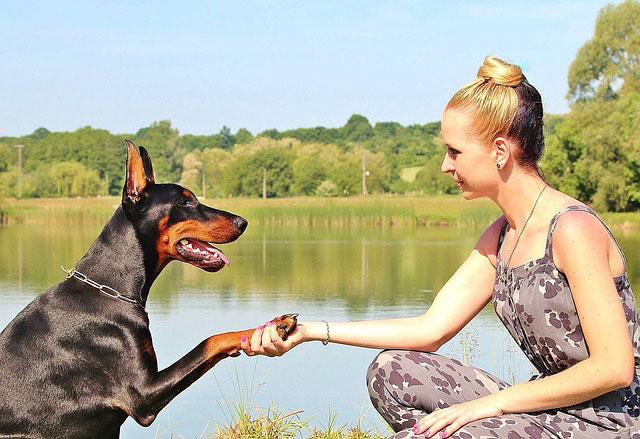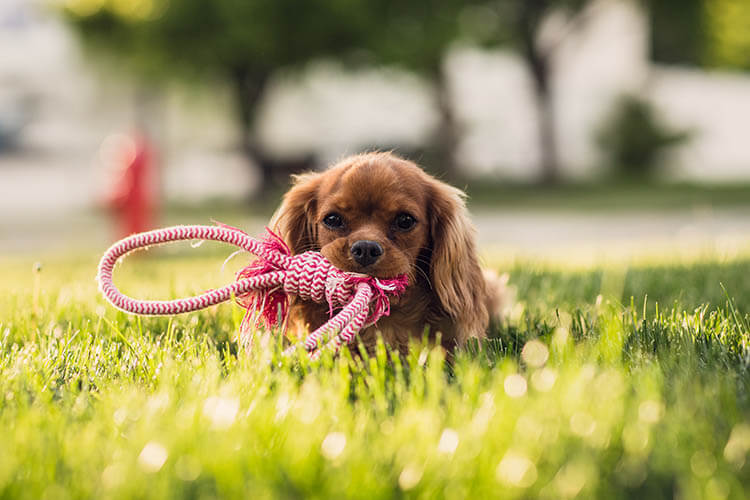Acquisition In Psychology: Definition With Examples
Acquisition in classical conditioning is the phase where a neutral stimulus starts triggering a response through repeated pairing with an unconditioned stimulus, marking the beginning of new learning. Key Takeaways What Is Acquisition in Classical Conditioning? Acquisition is the process in classical conditioning where a neutral stimulus becomes associated with an unconditioned stimulus to trigger…

Acquisition in classical conditioning is the phase where a neutral stimulus starts triggering a response through repeated pairing with an unconditioned stimulus, marking the beginning of new learning.
Key Takeaways
- Acquisition is the stage where a neutral stimulus becomes associated with an unconditioned stimulus and elicits a conditioned response.
- Repeated pairing of stimuli leads to the neutral stimulus evoking the response.
- Nature of response, frequency, timing, salience, and attention impact the strength and speed of acquisition.
What Is Acquisition in Classical Conditioning?
Acquisition is the process in classical conditioning where a neutral stimulus becomes associated with an unconditioned stimulus to trigger a conditioned response. This occurs through repeated pairings, where the neutral stimulus eventually evokes the response on its own. Factors like the nature of the response, frequency of pairings, timing, salience, and attention can influence how effectively and quickly acquisition occurs.
Remember, acquisition refers to an early stage of the learning process when a response is first established. At this point in learning, the subject will begin displaying the behavior when a stimulus is presented, so we can then say that the behavior has been acquired.
In classical conditioning, acquisition refers to when the previously neutral stimulus becomes associated with the unconditioned stimulus and comes to evoke a response when presented.
At this point, the unconditioned stimulus becomes known as the conditioned stimulus.

How Does Acquisition Work?
So how exactly does the acquisition process take place? Let’s take a closer look at classical conditioning itself to see how new learning and behaviors are acquired.
Classical conditioning begins by taking a previously neutral stimulus and repeatedly pairing it with the unconditioned stimulus. The unconditioned stimulus is something that naturally and automatically produces an unconditioned response without any learning.
Example of Acquisition in Psychology
For example, imagine that you want to teach a rat to fear the sound of a cat hissing. You might start pairing the sound of a hissing cat with a loud bang. The loud bang will naturally lead to a fear response in the rat.
You go through this repeatedly, each time sounding the hiss and then the loud bang. Eventually, an association will be made between naturally frightening sound and the sound of the cat.
When the rat responds with fear to the sound of the hissing alone, you can now say that acquisition has occurred.
Factors That Can Influence Acquisition
As you might imagine, acquisition is not always a perfectly smooth process and there are many factors that can influence the strength and speed with which acquisition occurs. A few things that might influence the acquisition process include:
What Is Being Learned
What is being taught can play a role. It is easier to train a person or animal if the behavior is something that they are naturally primed to acquire.
For example, a person is more likely to acquire a fear of snakes than a fear of feather dusters.
Frequency
How often an association is made can also affect the acquisition process. The more frequently a pairing is made, the stronger the response is likely to be.
Timing
When the stimulus is presented can impact acquisition. If the unconditioned stimulus and neutral stimulus are presented too far apart, learning is less likely to occur. If it does occur, the response may be much weaker.
Salience
Acquisition is also affected by the relevance of the stimulus. If the stimulus is completely unrelated to the behavior that is being learned, it may take longer for acquisition to take place.
Attention
Acquisition is influenced by how noticeable the stimulus is. If the stimulus is easy to miss, the acquisition is less likely to occur or may only occur after many pairings have been made.
Example of How These Factors Affect Acquisition
In our earlier example, you would want to make sure that the rat could hear the sound of the cat hissing and then be sure to perform repeated pairings with the loud bang. After a number of pairings, you might notice that the rat displays the desired behavior, meaning the response has been acquired.
Once the behavior has been acquired, you can then begin to work on strengthening the response.
Summary
Acquisition marks the beginning of the learning process, where a new behavior is established through repeated pairings of stimuli. Though it might seem simple, several factors can affect how quickly and strongly this learning happens, including what’s being learned, how often stimuli are paired, their timing, and how noticeable they are. By understanding these elements, we can better grasp how learning occurs and how to create the best conditions for successful acquisition and long-term retention of new behaviors.





